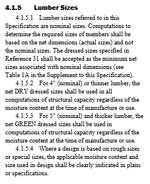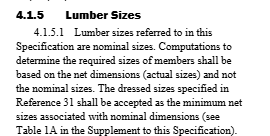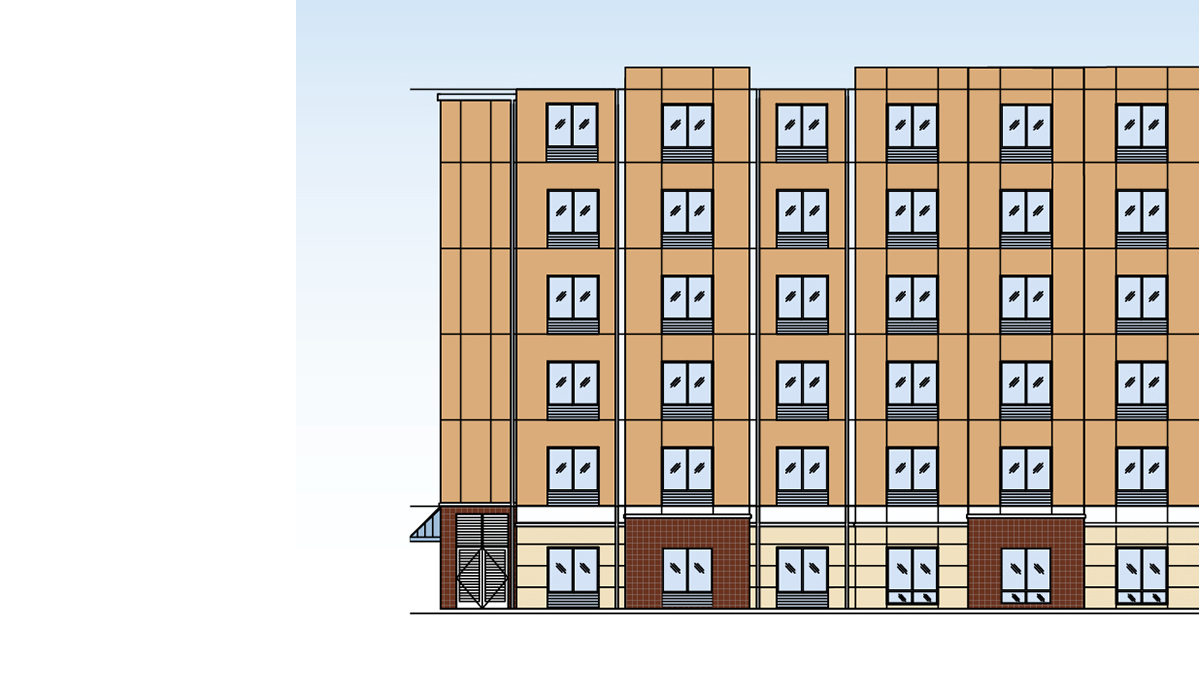masterdesign
Structural
Wondering if I am missing something.
4x8 SYP #2
Fc = 1350 psi
6x8 SYP #2
Fc = 525 psi
Looking at buckling only, it appears a 4x8 is stronger than a 6x8?
The numbers don't lie and clearly the reason is because the values for visually grade timbers is so much lower than visually graded dimension lumber, but it just doesn't seem right.
Please help me feel better about it.
4x8 SYP #2
Fc = 1350 psi
6x8 SYP #2
Fc = 525 psi
Looking at buckling only, it appears a 4x8 is stronger than a 6x8?
The numbers don't lie and clearly the reason is because the values for visually grade timbers is so much lower than visually graded dimension lumber, but it just doesn't seem right.
Please help me feel better about it.





